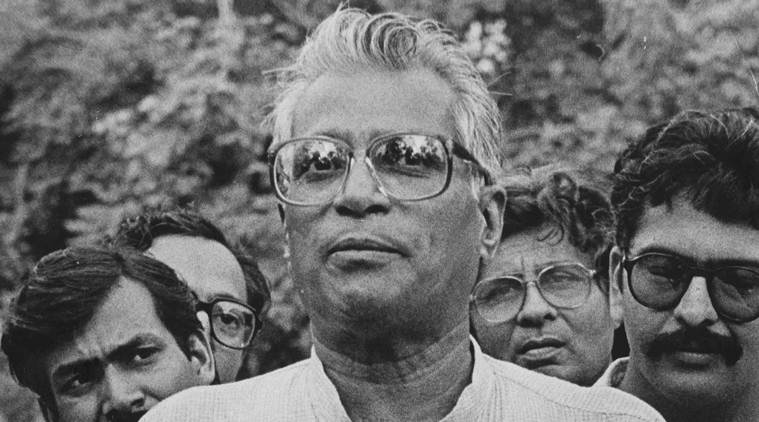The soldier’s minister
Military remembers George Fernandes as an effective and empathetic leader.

George Fernandes was the last of the larger-than-life figures of Indian politics. George saab, as he was affectionately referred to, had a distinct career graph, making the transition from a would-have-been priest to a fire-brand trade union leader in Mumbai and to a grave cabinet minister.
Fernandes served as a Union minister in three major ministries — Industries (1977) , Railways (1989) and finally, Defence in the Vajpayee cabinet. During the Vajpayee period, in an unusual pattern, Fernandes was swown in twice as the raksha mantri (RM). The first time was in March 1998, when he served for about three years and stepped down in March 2001 due to allegations of financial impropriety. He was re-inducted in October that year after being cleared of the charges and served as the RM till May 2004. Despite the many controversies associated with him, he will be remembered as an effective and empathetic minister who was well-regarded by the military fraternity. The man with the rumpled kurta also maintained an unruffled demeanor and demonstrated quiet determination, when required.
Fernandes’s tenure in the defence ministry was eventful in a wide-spectrum manner. India declared itself a nuclear weapon power in May 1998 and a year later, the Kargil War, conducted against a nuclear backdrop, tested India’s restraint and resolve. A major review of the management of India’s defence and military preparedness was undertaken post Kargil and it is a different matter that many of the truly transformative changes did not take place as envisioned.
One of the major controversies when Fernandes was RM was the dismissal of the naval chief — an unhappy punctuation in India’s civil-military relations. Subsequently, the 9/11 terror in New York and the attack on the Indian Parliament in December 2001 saw the Indian military being mobilised as part of Operation Parakram. While Minister Fernandes may not have been visible, a senior officer recalled: “He was a steadying presence during that tumultuous period.”
What is the most appropriate metric in assessing a cabinet minister in the Indian context — particularly in the defence portfolio — when major policy decisions are often taken by the prime minister of the day? A useful yardstick is the degree to which the minister has been able to enhance Indian military capability in a tangible manner; ensure speedy decision-making by the bureaucracy with its octopus-like tentacles; and be able to relate to the soldier.
Keenly aware of the limitations of his office with the appointment of Brajesh Mishra as the powerful NSA and PS to the PM and the austerity measures often invoked by his colleague, Jaswant Singh, then finance minister, Fernandes made his mark in an unobtrusive manner. His better-known achievement was to send the indecisive junior babus to the icy Himalayas so that they could experience the hardship faced by the soldier first-hand and thereby hasten the procurement of snow-mobiles.






































No hay comentarios:
Publicar un comentario